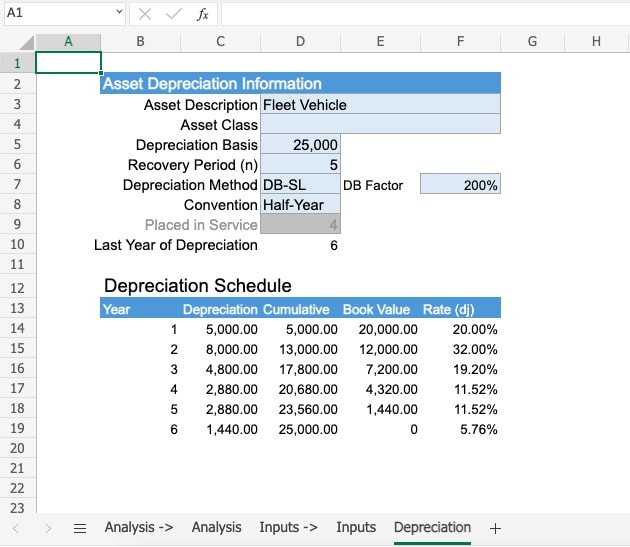
Leasing is attractive for people who want new wheels every three years or so. You are building up equity, but current cash needs may be more pressing. If you buy a car and finance it, you could easily have to put 10% of the purchase price down as well as 6% to 8% sales tax - perhaps $9,000 on a $50,000 car. Dealers often will allow you to roll many of the fees into the monthly payment as well by adding them to the price you pay for the car. Sales tax is usually paid monthly as part of the payment. You need only come up with $1,000 to $2,000 for fees, the first month's payment, and a refundable security deposit. In many cases, dealers will waive a down payment. If so, leasing makes sense, because usually you will put less money down than if you buy. You can buy extra "gap coverage" to protect against this, and some lease deals include it automatically. Insurance May Come Up Short - If you total the car or it gets stolen, your insurance will only reimburse you for the car's market value, which might not cover what you still owe on your lease. One way to avoid the mileage charge is to buy more miles at a reduced rate (of around 10 cents) up front. (Drivers average 15,000 miles per year.) Also, you'll have to pay up for any damage to the car beyond normal wear and tear when you turn it in. Typically the lease agreement grants 12,000 to 15,000 miles per year. You May Pay Extra - Most leases charge an extra 12 or 15 cents for each mile you drive over a certain limit. Bailing out early may cost you as much as six extra months of payments, depending on your leasing company.
#Lease versus finance calculator full
Lack of Flexibility - You pay a big penalty if you want out of the lease before the full term.
#Lease versus finance calculator free
Unlike traditional financing, you can't look forward to the day when the payments will stop and you can drive your own car free and clear. No Equity - Similar to paying rent on an apartment, your lease payments don't go towards owning anything. You don't have to bother with selling the car or haggling with a dealer over trade-in value. Low Monthly Payments - Since you are only paying off the depreciation on the car - not its full value - your monthly payments are much lower than if you opt to finance the purchase of the entire car over the same period of time.Įasy Turnover - Assuming your car is in good shape, when your two or four years are up, just stroll into the dealer, hand over the keys, and drive out with a brand new car and a new lease arrangement.

Of course, the more cash you come up with initially, the lower your monthly payments. Low Down Payments - Even though a lot of the advertised lease deals assume a down payment, you can often get the dealer to limit it just by asking. Bear in mind that the calculation assumes you would buy the car outright rather than finance it. Our worksheet will determine whether leasing or buying is the better overall investment strategy. But that ignores the opportunity cost inherent in buying: after all, the money you pay up front for the car could be invested instead. Hould lease or buy a car? Conventional wisdom says if you lease you'll have nothing to show for your money when the term is up.


 0 kommentar(er)
0 kommentar(er)
